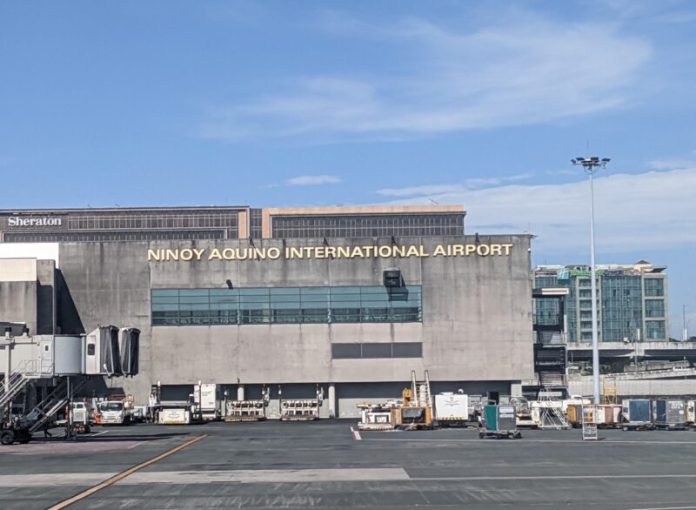-
The Manila International Airport Authority expects revenues to hit around ₱15 billion this year as passenger traffic is seen to reach pre-pandemic levels
-
From January to June 2023, gross revenue has reached almost 70% of the ₱10.37 billion gross revenue recorded in 2022
-
The agency is allocating a significant portion of revenue for capital expenditure in 2023 and 2024 to improve airport infrastructure and passenger experience
-
Projects planned for 2023 and 2024 include paving taxiways, replacing passenger boarding bridges, upgrading cooling systems, and installing an explosive detection system
-
From January to August 2023, passenger traffic at the Ninoy Aquino International Airport reached 30.364 million, which is almost the same as the full-year 2022 traffic of 30.943 million
The Manila International Airport Authority (MIAA) expects revenues to hit around ₱15 billion this year as passenger traffic is seen to reach pre-pandemic levels.
From January to June 2023, gross revenue has already reached ₱7.2 billion, nearly 70% of 2022’s ₱10.37 billion, as shared by MIAA officer-in-charge general manager Bryan Andersen Co during the recent pre-bid conference for the Ninoy Aquino International Airport (NAIA) rehabilitation project. In 2019, pre-pandemic revenue was ₱15.961 billion.
From January to August 2023, passenger traffic at NAIA reached 30.364 million, which is already almost the same as the full-year 2022 traffic of 30.943 million.
Co anticipates year-end traffic at 45-46 million, matching pre-pandemic levels exceeding 40 million; NAIA’s 2019 peak was 47.693 million.
In the first eight months of this year, NAIA had 183,640 flights, surpassing 2019’s 180,996 and nearly 83% of 2022’s 221,595 flights.
Currently, NAIA is home to 40 international airlines and nine domestic airlines.
Co said MIAA is spending 20-25% of its revenue as capital expenditure for various programs in 2023 and 2024 to address issues and improve the operational and passenger experiences at NAIA.
In 2023, projects at Terminal 3 involve taxiway paving, 10 passenger boarding bridge replacements, upgrading cooling towers, and installing five explosive detection systems (EDS) for baggage checks.
In 2024, upcoming projects encompass visual docking guidance systems, drainage and flood control system improvements, 24 more PBB replacements at Terminal 3, outbound baggage system rehab at Terminal 2, conveyor upgrades at Terminal 1 arrivals, extra restrooms at Terminals 1, 2, and 3, runway lights, and two fire truck acquisitions.
Co noted these are just some of the needed improvements at the country’s main gateway, but “there are more as a part of the PPP [public-private partnership] project.
On August 23, MIAA and its parent agency, the Department of Transportation (DOTr), began seeking bidders for a 15-year contract to improve NAIA capacity and operations.
The contract will fall under a rehabilitate-operate-expand-transfer arrangement, by Republic Act No. 6957, as amended by Republic Act No. 7718, otherwise known as the Build-Operate- and-Transfer Law, and its 2022 revised implementing rules and regulations.
The winning bidder gets 15 years to revamp passenger terminals and airside facilities, develop commercial assets, and enhance access, transfer, and utility services at the airport.
The concession period may be extended for another 10 years.
The project aims to increase the current annual capacity of NAIA to at least 62 million passengers from 35 million and increase air traffic movement from 40 to 48 per hour.
As of September 22, six firms had bought bid documents. Bids are due by December 27, with the contract awarded a month later.
RELATED READ: NAIA rehab contract award seen in Q1 2024





